We’ve made a list of Japanese films for people looking for something to watch whilst staying home, either in quarantine, isolation, or lockdown. I hope there’s something here you haven’t seen before that can provide a couple of hours of escapism or inspiration.
I don’t proclaim this list to be in any way a definitive guide to Japanese cinema; it’s simply a list of films I have enjoyed over the past few years. Some of them are set in places I hang around or have visited; some characters remind me of friends; some are visually stunning while others explore deeper values that we all share, whether in Japan or anywhere else in the world.
The selected films range in date of release from 1953 to 2016 and encompass genres from anime and horror to themes, including LGBT and Samurai Period dramas (one film actually combines the two).
(I have purposefully omitted all films by Akira Kurosawa and Studio Ghibli as I can’t pick a favorite, and you should just watch them all. I also skipped Akira and Ghost in the Shell as these are widely known already.)
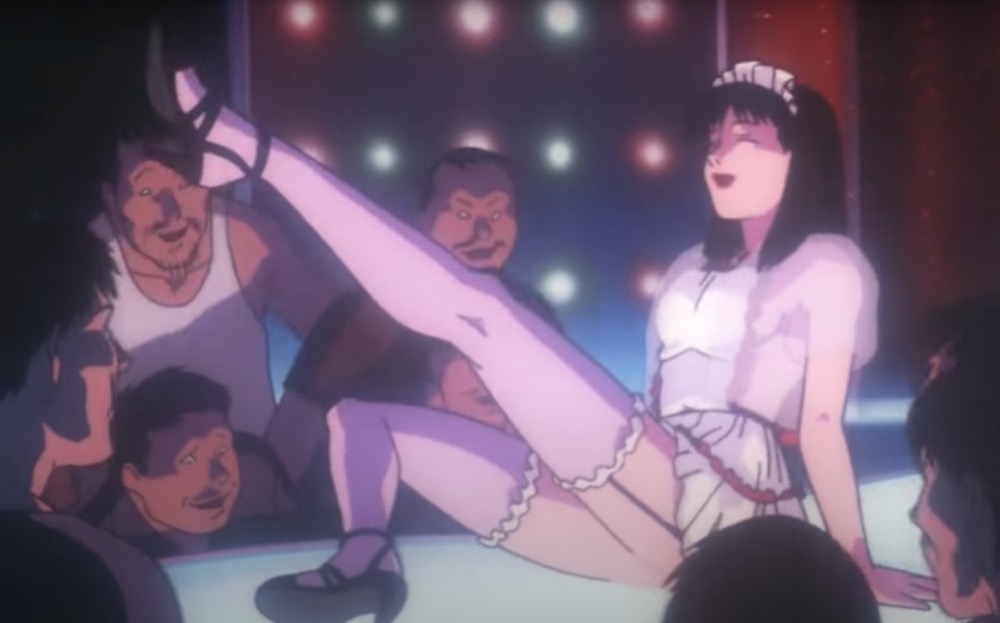
Perfect Blue (パーフェクトブルー, 1997)
This psychological thriller from Director Satoshi Kon maybe twenty-three years old but in many ways, the theme of celebrity in the digital age is even more pertinent now in the era of social media. Perfect Blue highlights the struggle between personal identity and public perception combined with a disturbing relationship between female ‘Idoru’ star and male fans. (view the trailer here)
Further viewing… Kon’s PAPRIKA (2006) is just as good (and trippy) as Perfect Blue.
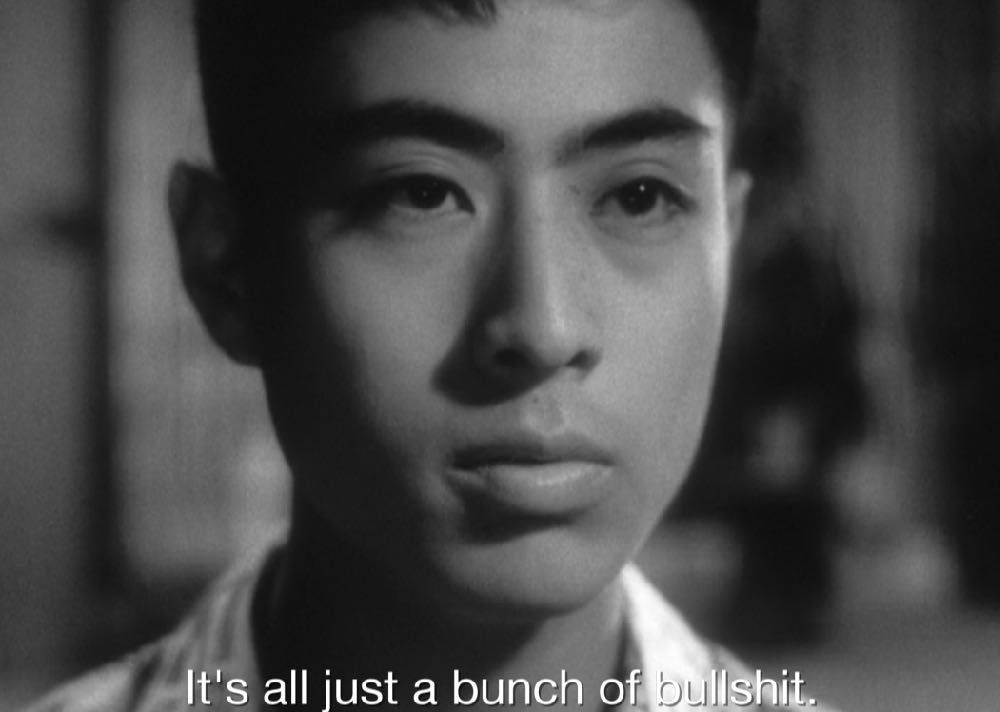
Crazed Fruits (狂った果実, 1956)
Palpable teen angst in Post-War Japan. Crazed Fruits is one of the better-known films from the ‘Taiyo-Zoku’ (Sun Tribe) micro-genre of Japanese cinema that emerged in the 1950s. The young actors are captured in beautiful black and white cinematography inspired by the French New Wave. I am particularly drawn to this film as it’s set in Zushi, Kamakura, Hayama, Ishiki, and Aburatsubo – places that I often go to in Summer. (The trailer is too long and gives away too many good shots so skip and go straight to the film)
Further viewing… Nagisa Oshima’s Cruel Story of Youth (1960)
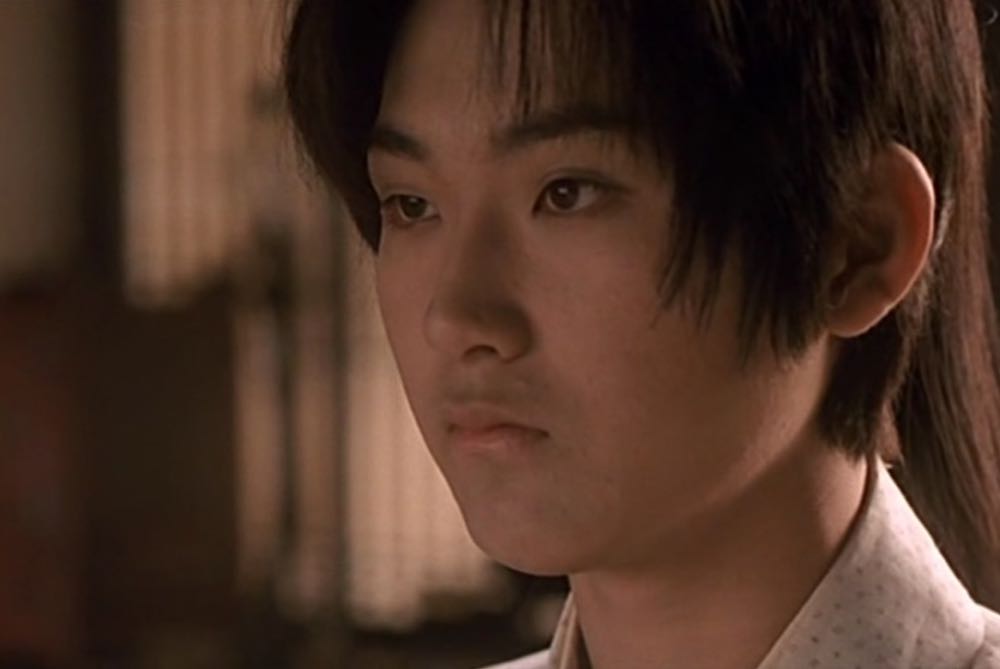
Taboo (御法度, 1999)
This was the last film directed by a master of Japanese cinema, Nagisa Oshima. Starring Takeshi Kitano and Asano Tadanobu, Taboo was the debut film for 17-year-old actor Matsuda Ryuhei who won the Japanese Academy Award for Best Newcomer for the lead role. Set during the Bakamatsu Period (1853-1867), a beautiful young Samurai is subject to the romantic advances of his obsessive fellow clansmen leading to tension, turmoil, and death. (See the trailer here)
Same-sex relationships in Japan, particularly between Samurai, were common up until the rapid industrialization and westernization of Japan brought by the Meiji Restoration. The depiction of beautiful youth, Bishonen, is common in manga, anime, and music and film stars to this day.
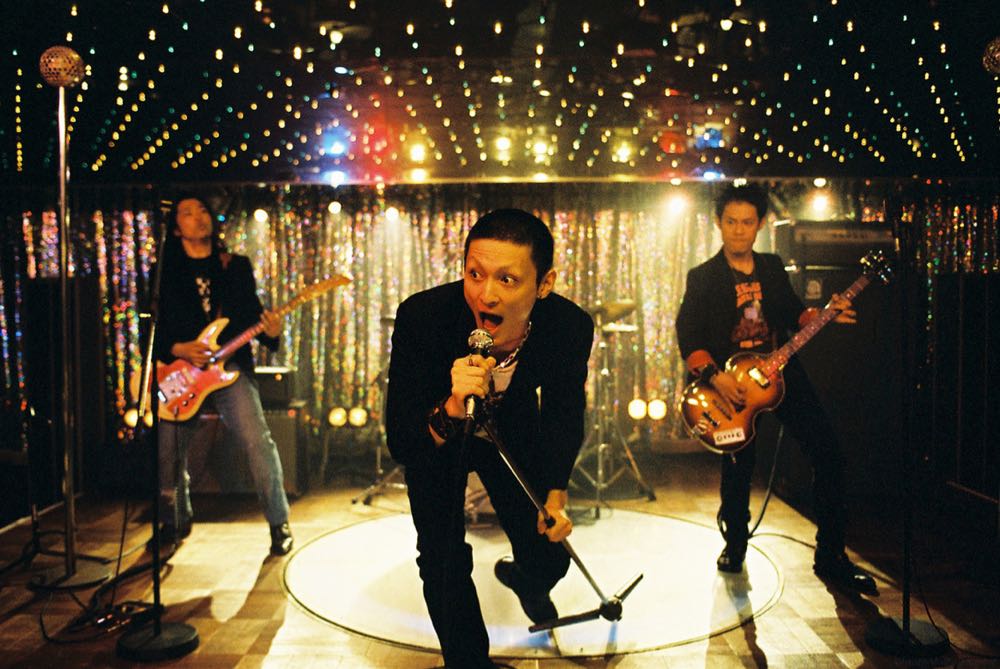
Fish Story (フィッシュストーリー, 2009)
A band records a track in a punk style that’s before it’s time, failing to bring them the audiences they crave. Decades later, the song saves the world. With a cast of characters struggling to find their place in society, this end-of-the-world movie is above all a tale of hope, perfect for the current times of uncertainty. (See the trailer here)
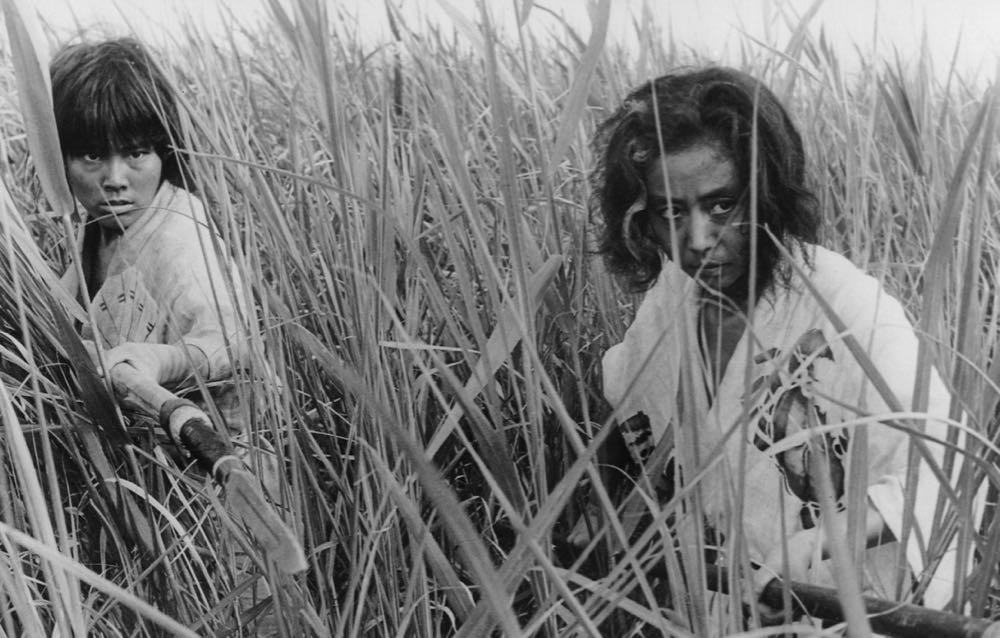
Onibaba (鬼婆, 1964)
Set during the 14th-century civil war, a mother and her daughter-in-law survive by attacking wounded samurai, disposing of their bodies in the dense marshland amongst which they live before selling their possessions. A neighbor returns from the war with news that unsettles the relationship dynamic between the two women. Even by writing ‘mother and daughter-in-law’ above, I was aware that this casts women solely in their roles in relation to one man, which fifty-six years after its release remains an issue in Japanese society. Inspired by folklore, this is one of Bjork’s favorite films. (See the trailer here) .
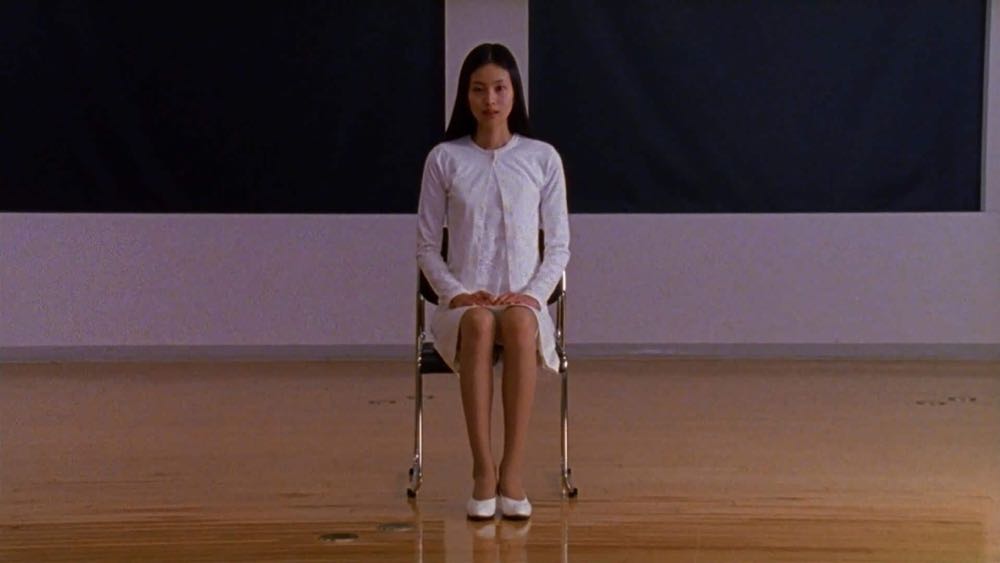
Audition (オーディション, 1999)
It was difficult to chose between Audition or Ichi the Killer but the ‘kiri-kiri-kiri’ scene from Audition still gives me shudders. Director Takashi Miike is a master of violent cinema who ouevere evolved into excpmpassing multiple genres, there’s another of his films below. (See the trailer here)
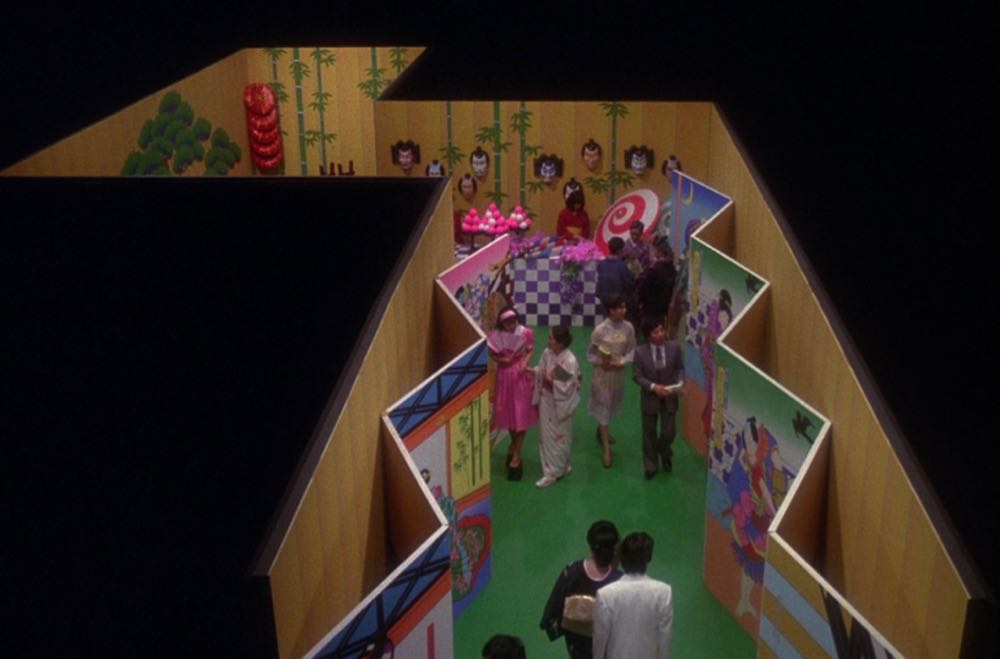
Mishima in Four Chapters (ミシマ:ア・ライフ・イン・フォー・チャプターズ, 1984)
Technically this isn’t a Japanese film, it was written and directed by Paul Schrader with Francis Ford Coppola and George Lucas serving as Executive Producers. A biopic of famed writer Yukio Mishima, the film weaves biographical scenes from his life together with dramatizations of some of his most famous works. In her position as production designer, Ishioka Eiko created stunning sets that elevate the elements of the film that draw from Mishima’s works, the scenes at the Golden Pavilion, Kyoko’s house, and at the exhibition opening above. The score by Philip Glass is equally impactful.
Further viewing… Ishioka Eiko went on to win the academy award for costume design for Coppola’s Bram Stoker’s Dracula in 1993.
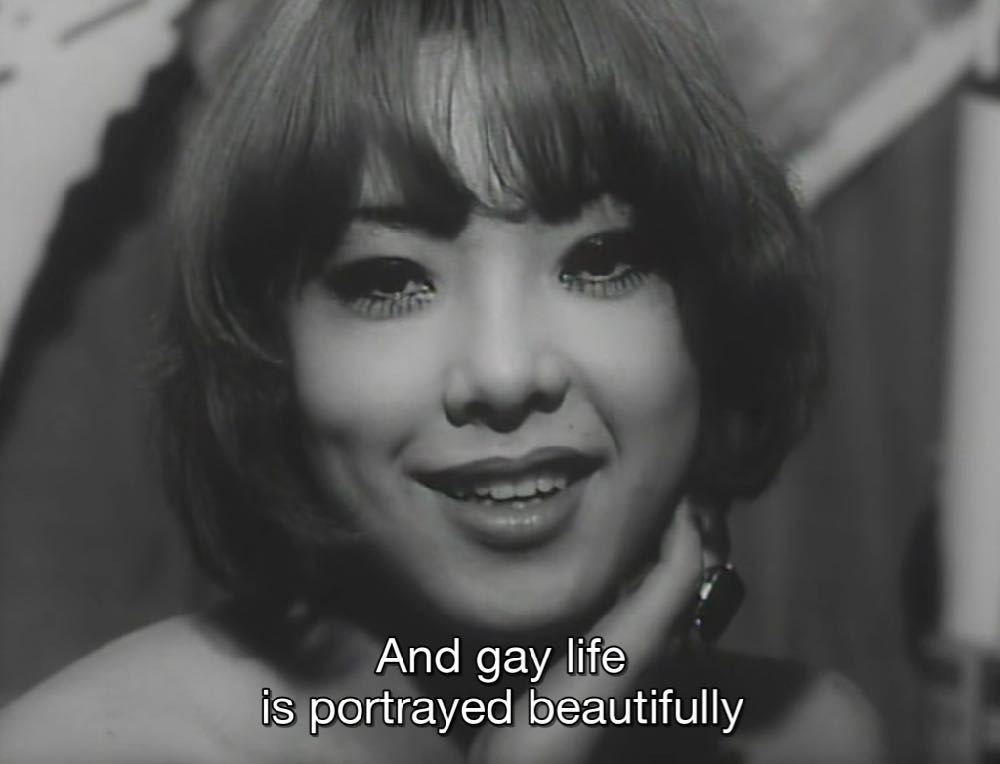
Funeral Parade of Roses (薔薇の葬列, 1969)
A classic of queer cinema. Bara no Sōretsu would still be considered avant-garde if released today. I like that despite being filmed fifty years ago, parts of Shinjuku station are still recognized today. The spirit of the characters in the film live on through some of the ‘mama-sans’ running bars in 2-chome today.
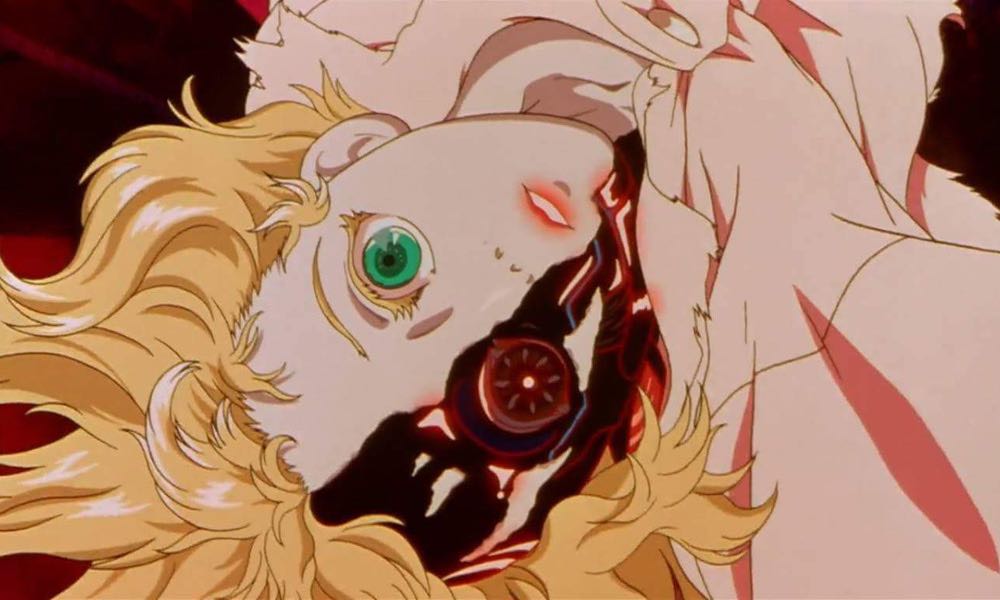
Metropolis (メトロポリス, 2001)
Based on a manga by Atom Boy creator Osamu Tezuka, written by Akira creator Katsuhiro Otomo and Directed by Rintaro, Metropolis borrows heavily from the storyline of Fritz Lang’s 1927 Metropolis, the film Tezuka had taken inspiration from without even seeing. The premise is a familiar one inf the sci-fi genre, humans and robots co-existing in a fantastical futuristic cityscape that itself provides dualism with the rich living above and poor living below the surface. The aesthetic is close to Tezuka’s Atom Boy score by
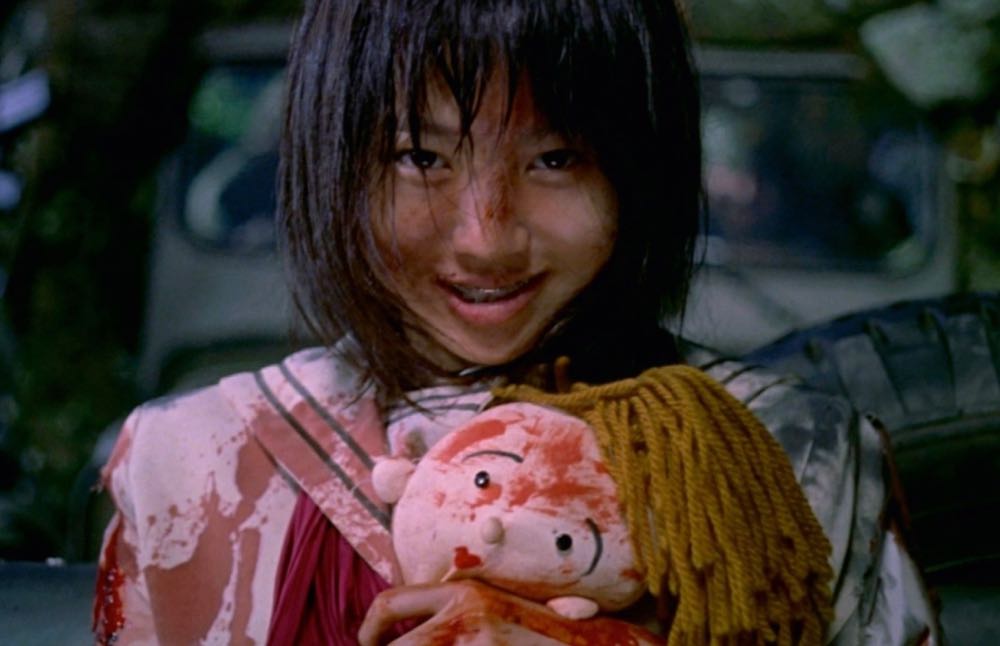
Battle Royale (バトル・ロワイアル, 2000)
I believe this to be the first Japanese film I ever saw. Battle Royale is set in a dystopian Japan where youth are out of control. The ‘Millennium Education Reform Act’ is initiated as a method to maintain order, each year a class is selected to take part in a deathmatch on a remote island, only the solo victor will survive. This is like Hunger Games for a grown audience. In a nod to the film’s violence, Tarantino was a big fan and cast Kuriyama Chiaki as Gogo Yubaru in Kill Bill.
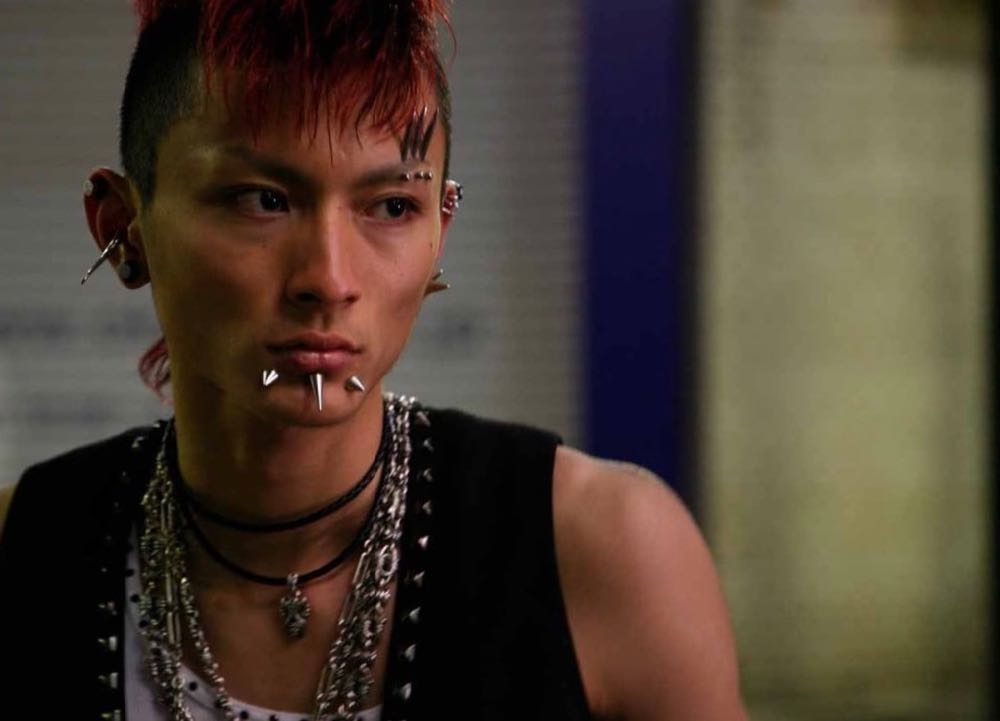
Snakes and Earrings (蛇にピアス, 2008)
Based on a novel by Hitomi Kanehara and Directed Yukio Ninagawa, of all the films on this list, this actually seems the most dated, perhaps because I lived through and remember the fashion and style of Tokyo at this time? It tells the story of a girl called Lui who becomes obsessed with body modifications, piercings, and tattoos after seeing her boyfriend Amas (Kora Kengo) snake-style split tongue. It’s essentially a story about subcultures and not conforming with societal norms.
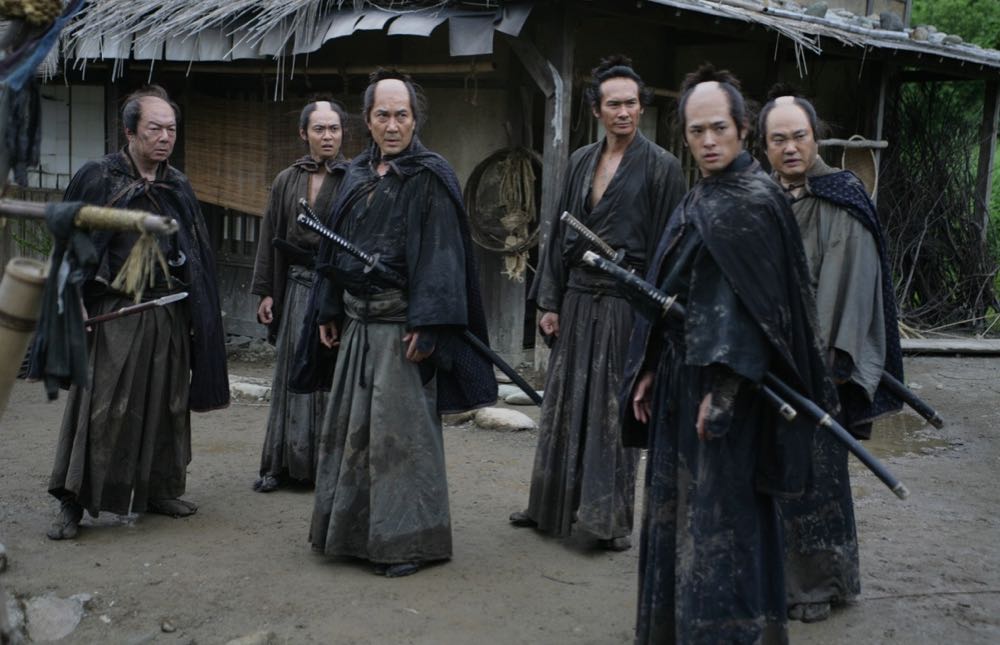
13 Assassins (十三人の刺客, 2010)
A contemporary Samurai epic, 13 Assassins was a departure from his established horror-genre features for director Takashi Miike.
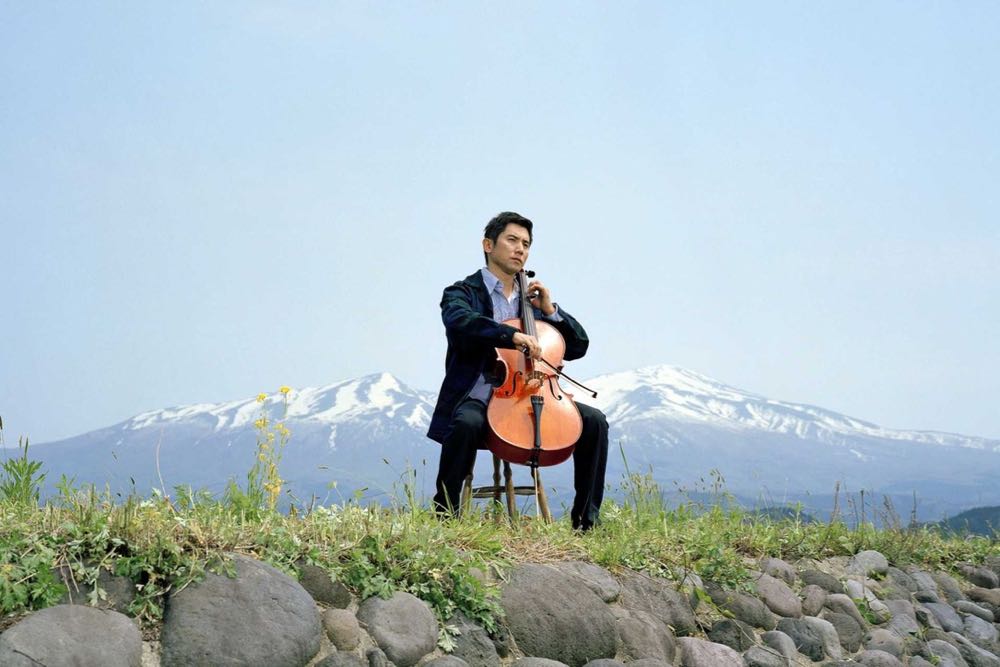
Departures (おくりびと, 2008)
After his orchestra disbands, a cellist and his wife leave Tokyo to find work back in his home town in Northern. Death is the central theme of Departures, not just the taboo subject of the loss of life, but also in a feeling of a loss of a way of life. That makes it an emotionally powerful theme to watch now. Departures won the Acadamy Award for Best Foreign Language Film at the 2009 Oscars. (See the trailer here)
Further viewing… Shoplifters was Japan’s most recent Academy Award nomination, being so recent I feel most people know of it so I excluded it from the list but if you haven’t seen it already it’s a must-see (Shoplifters trailer here).
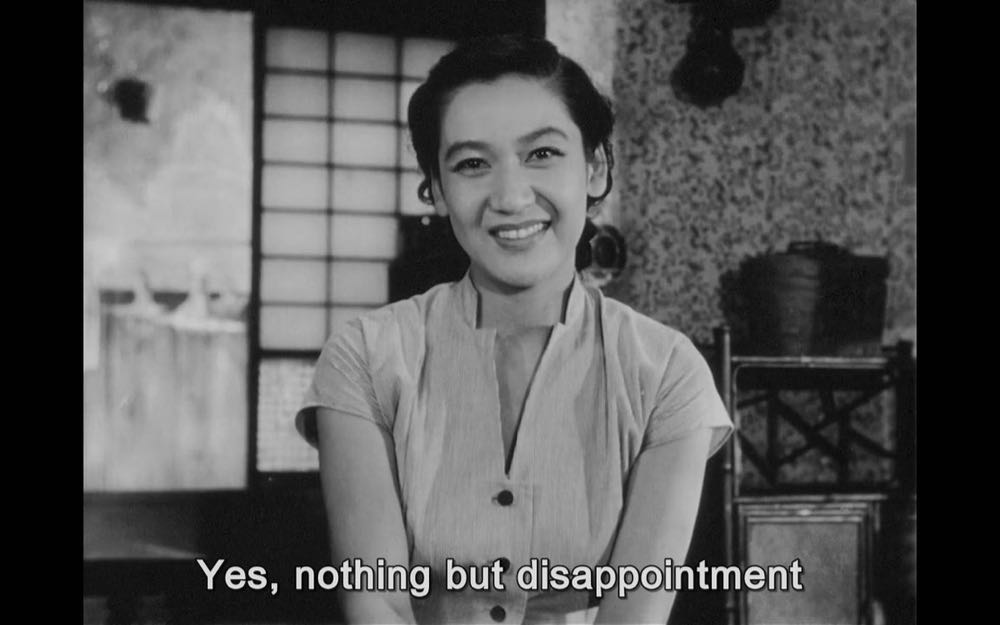
Tokyo Story (東京物語, 1953)
Probably the ultimate in classic Japanese cinema. Tokyo Story takes place in a postwar Japan where the ideals and values of rapidly expanding Tokyo diverge from those of an older ‘small town’ generation. Affection for the town of Onomichi as portrayed int he film led to its nickname ‘Japan’s home town’.
Further reading… inspired by the film Tokyo Story, Wim Wenders Journey to Onomichi
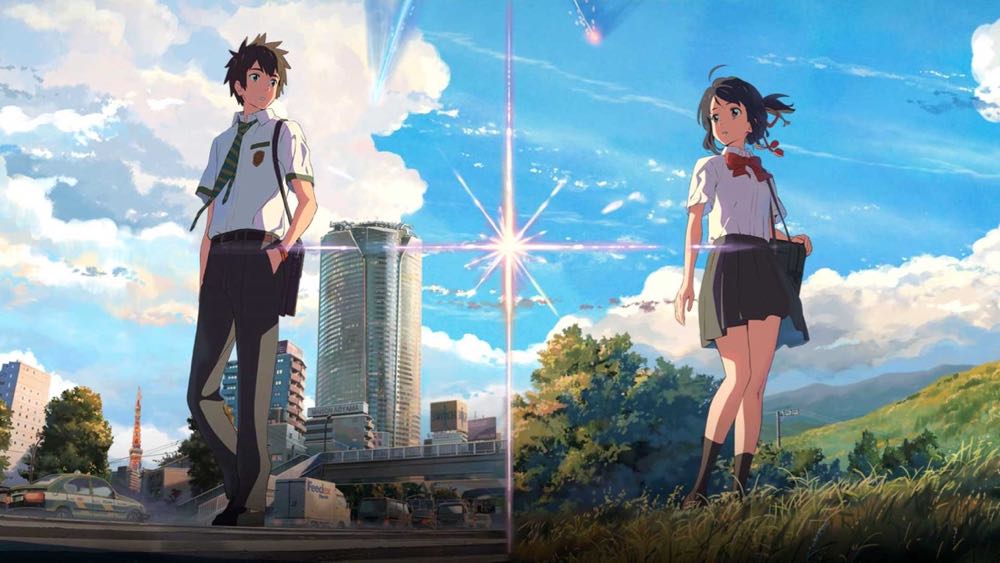
Your Name (君の名は, 2016)
I am aware that this is very recent and extremely well known, but I also think that sometimes we shy away from things that are massively popular. I finally got to watch this last year and I was blown away. Part of the story arc was about a local matsuri (festival) that was carried out every year despite the residents being unaware as to the meaning behind the festival. This spoke greatly to a lot of the photos I have taken with my interest in tradition, rites of passage youth and identity. If you haven’t seen the highest-grossing anime film in history yet, now’s the time. (See the trailer here)
Stay home, stay safe, stay inspired x
